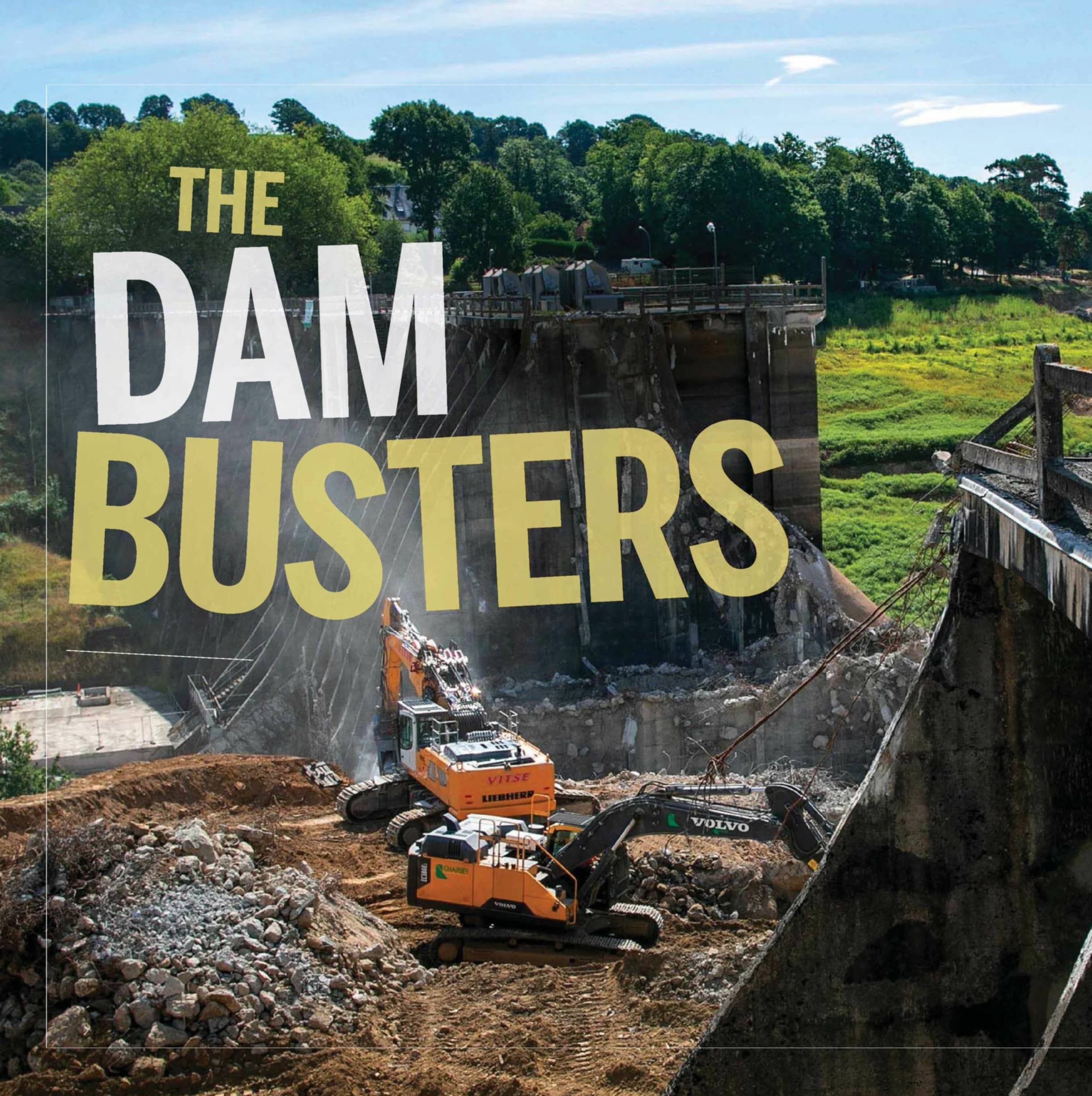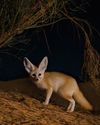The Dam Busters
BBC Wildlife
|August 2021
Across Europe, hundreds of rivers are blocked by dams, dykes, locks and levees. But a movement is gathering pace to remove these barriers and restore water flow.

“In the Netherlands, salmon was once seen as food for the poor,” says Herman Wanningen, founder of the World Fish Migration Foundation and the Dam Removal Europe movement. “There was a lot of salmon in the 1600s and 1700s, and people didn’t want to eat it every day. Millions of the fish travelled in from the sea and up rivers through the delta on their way to Germany and the Swiss Alps.”
Then came a dramatic change to the rich riverscape with the Delta Works in the mid- 1900s; a series of construction projects in the south-west Netherlands to protect the area of delta surrounding the rivers Rhine, Schelde and Maas. “The Dutch say ‘we’re proud of how we managed the delta. We built dams, sluices, dykes, locks and levees, to make it safe for humans and reduce the risk of flooding’, but the result was that it was not a good place for fish,” explains Wanningen. “That, in turn, had an impact on birds and fish-eating animals, such as eagles and otters. There was far more diversity and abundance of fish and wildlife here 100 years ago.”
What happened in the Netherlands happened on a global scale. Throughout history, humans have attempted to modify and control nature, including water sources for crops, livestock and drinking. But the construction of river barriers accelerated during the Industrial Revolution, to power mills and factories, create reservoirs and aid flood management. Today, an estimated 1.2 million dams, weirs, culverts and other barriers straddle Europe’s rivers – at least 100,000 of which are thought to be obsolete. The UK is thought to have between 50,000-60,000 of these structures, at least 10 per cent of which serve no purpose.
Fears for freshwater fish
Denne historien er fra August 2021-utgaven av BBC Wildlife.
Abonner på Magzter GOLD for å få tilgang til tusenvis av kuraterte premiumhistorier og over 9000 magasiner og aviser.
Allerede abonnent? Logg på
FLERE HISTORIER FRA BBC Wildlife

BBC Wildlife
"I was terrified the elephant would ram us"
African elephant in Kenya
2 mins
January 2026

BBC Wildlife
ALL YOU EVER NEEDED TO KNOW ABOUT THE Fennec fox
THE FENNEC FOX IS THE SMALLEST fox in the world, with a body length that can be as little as 24cm.
3 mins
January 2026

BBC Wildlife
INTO THE PLASTISPHERE
A unique synthetic ecosystem is evolving in our oceans – welcome to the plastisphere
7 mins
January 2026

BBC Wildlife
“More than half of all animal life exists in a parasitic relationship, and all life lives in symbiosis”
Our survival depends on species evolving to live together - but some relationships take dark turns
7 mins
January 2026

BBC Wildlife
Are animals able to dream?
SLEEP IS A MYSTERIOUS THING. FOR A long time, we weren't sure why we do it.
1 mins
January 2026

BBC Wildlife
Does a cuckoo know it's a cuckoo?
ABSURD LITTLE BIRDS ACROSS THE world lay their eggs in the nests of other species, leaving the hapless parents to raise a changeling at the expense of their own offspring.
2 mins
January 2026

BBC Wildlife
Orcas killing young sharks
Juvenile great whites are easy prey for orca pod
1 mins
January 2026

BBC Wildlife
Ocean goes on tour
Acclaimed film touring the UK, backed by live orchestra and choir
1 min
January 2026

BBC Wildlife
Feisty bats hunt like lions
Winged mammals use a 'hang and wait' strategy to take down large prey
1 mins
January 2026

BBC Wildlife
SNAP-CHAT
Richard Birchett on magical merlins, wily coyotes and charging deer
2 mins
January 2026
Translate
Change font size

